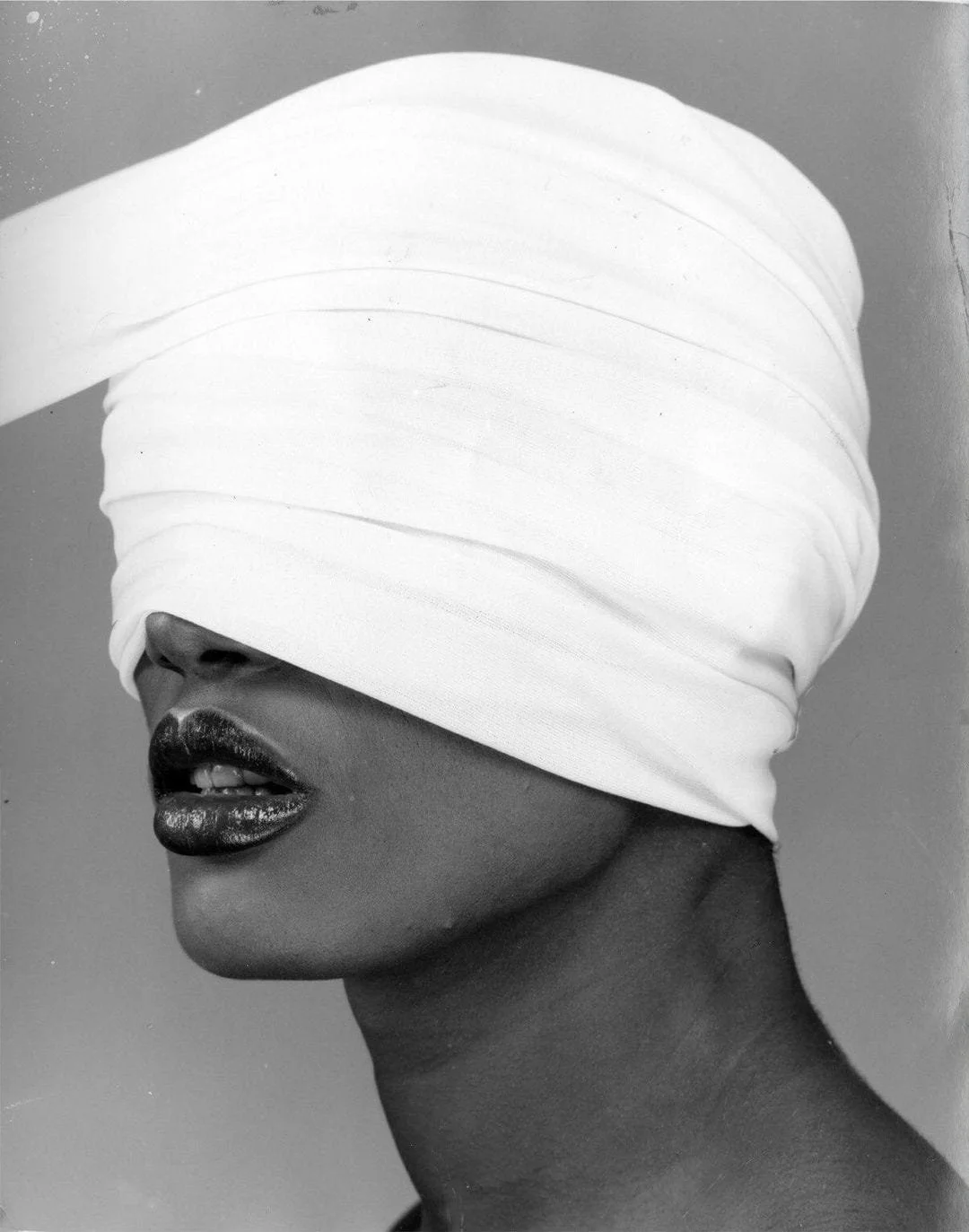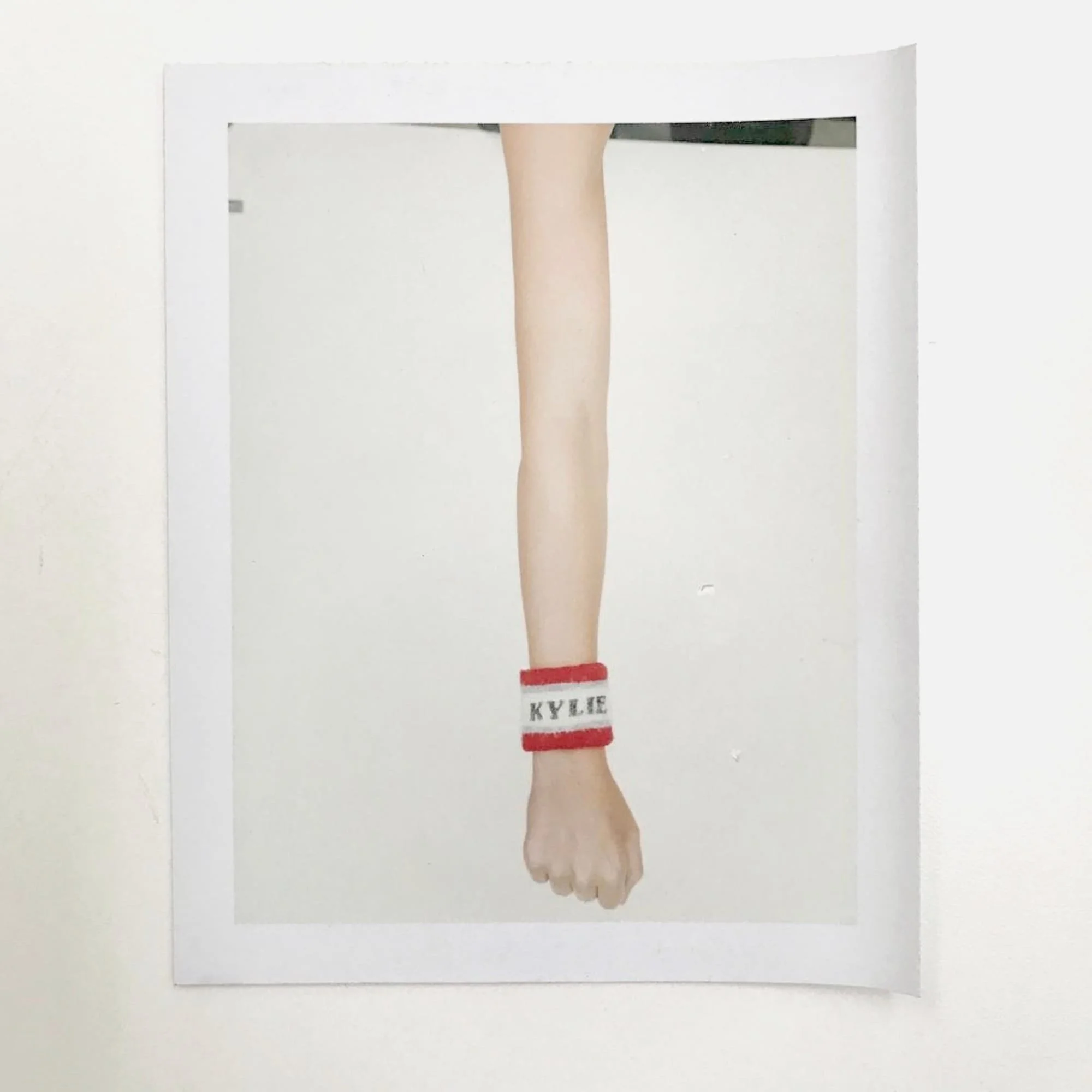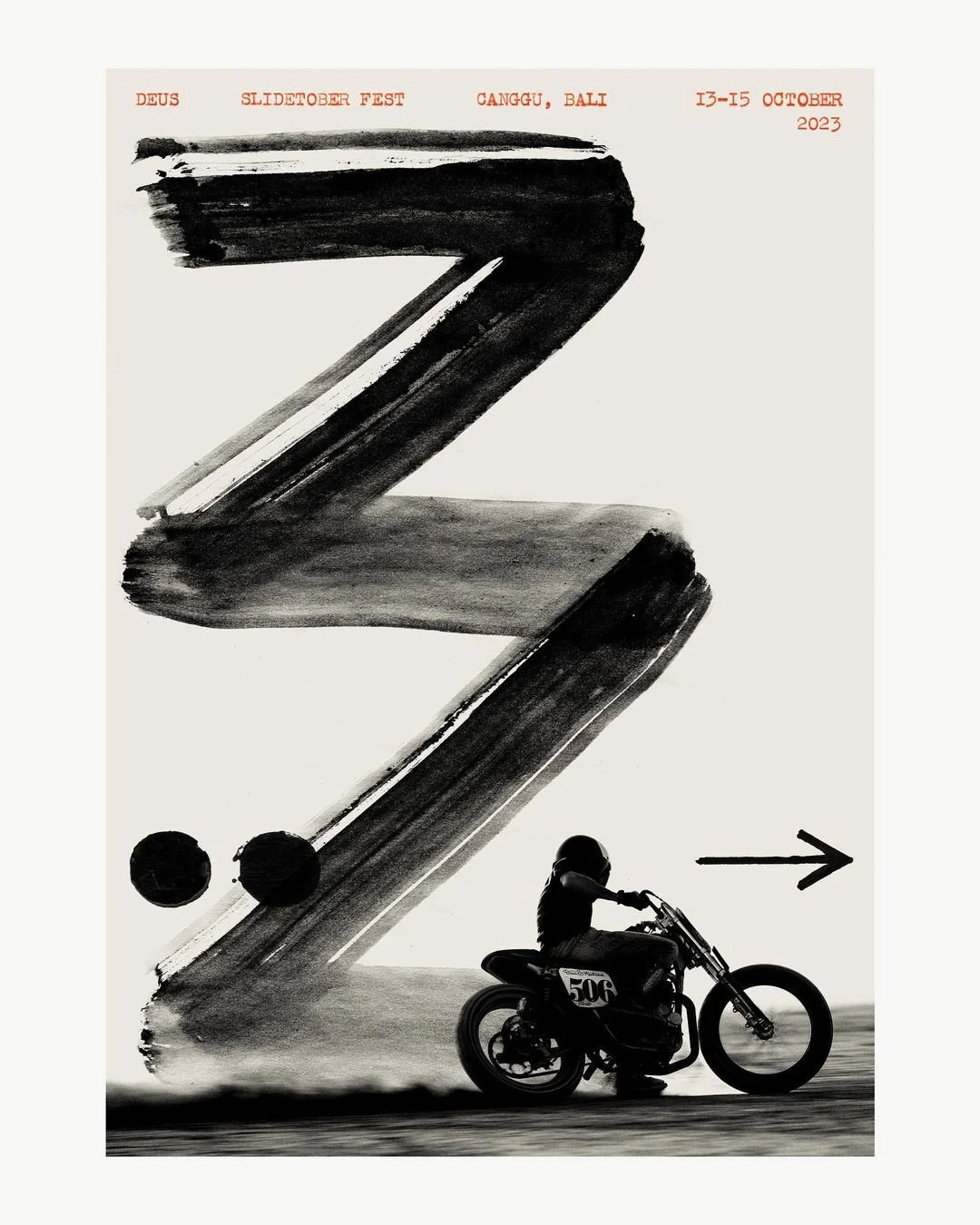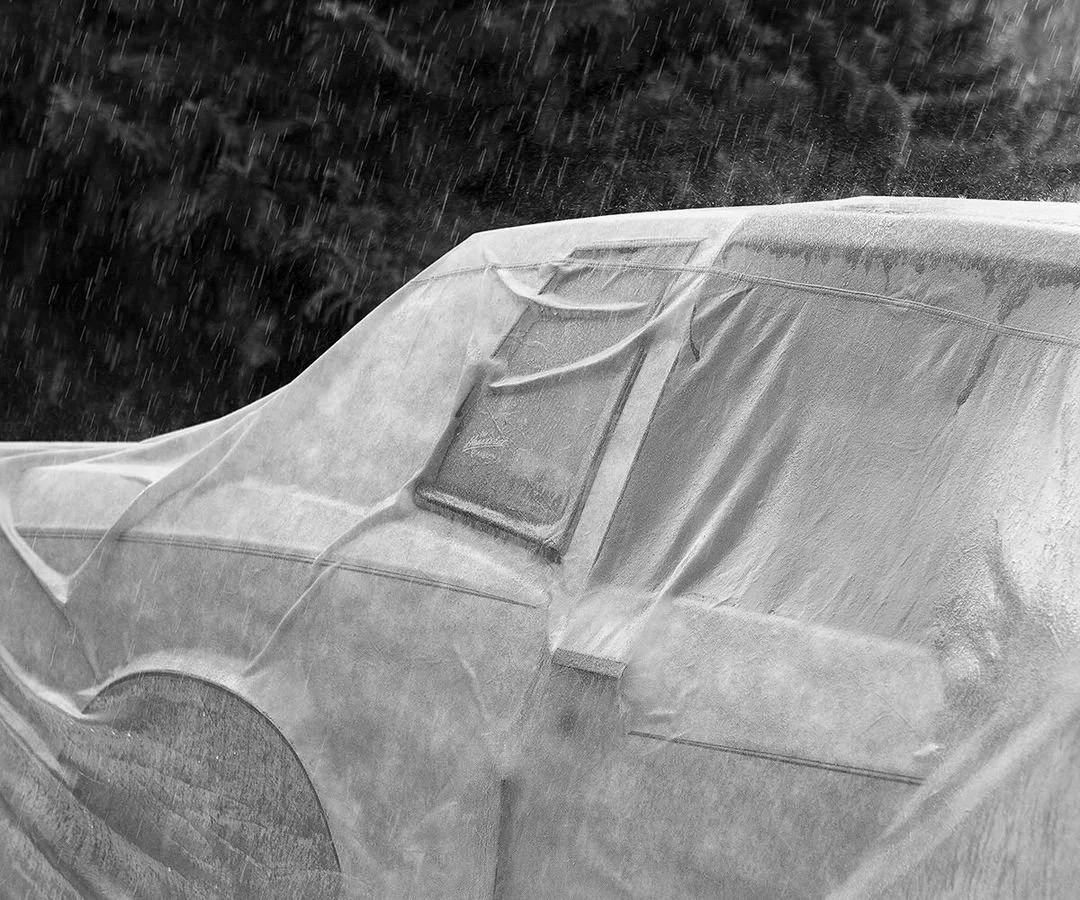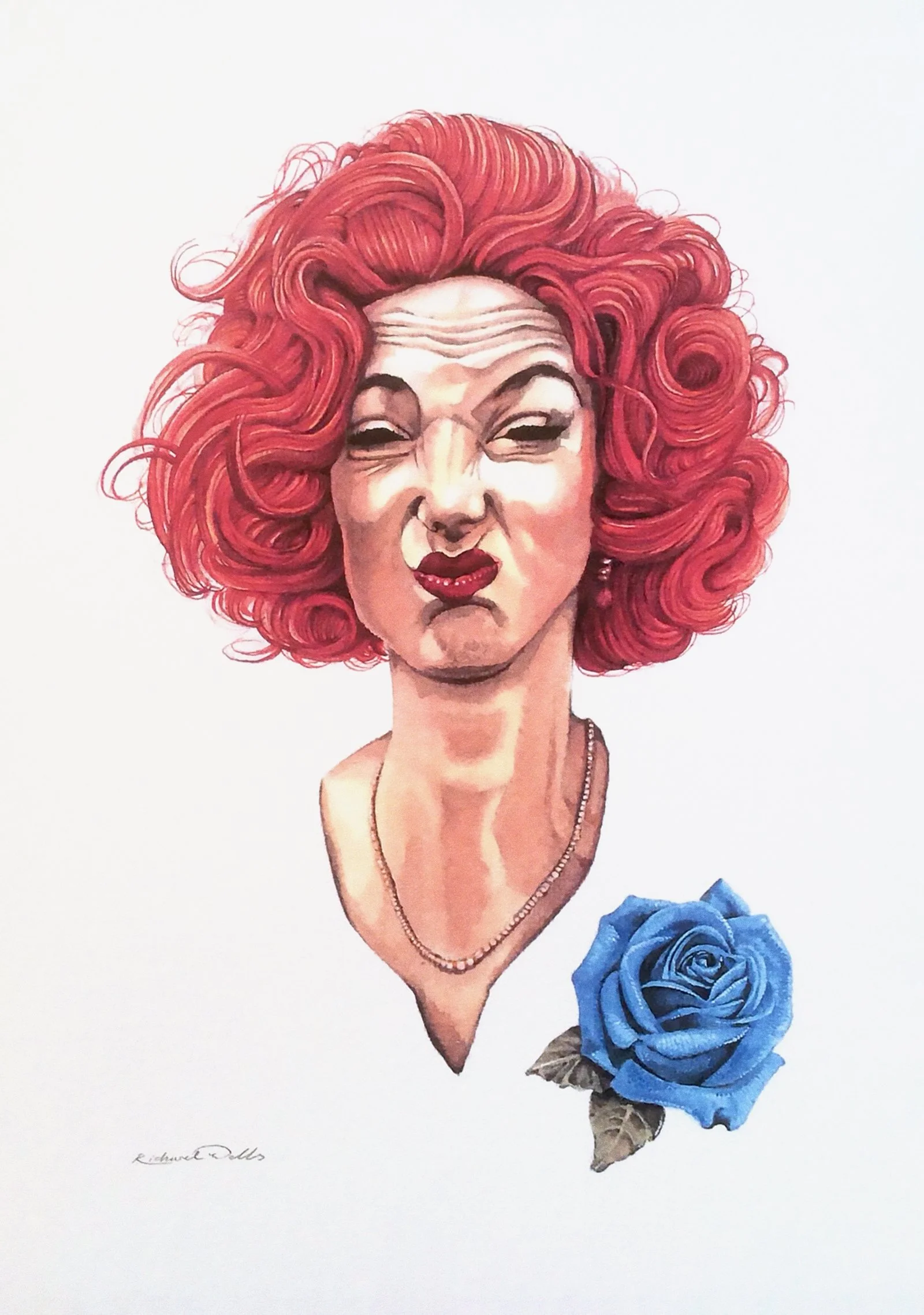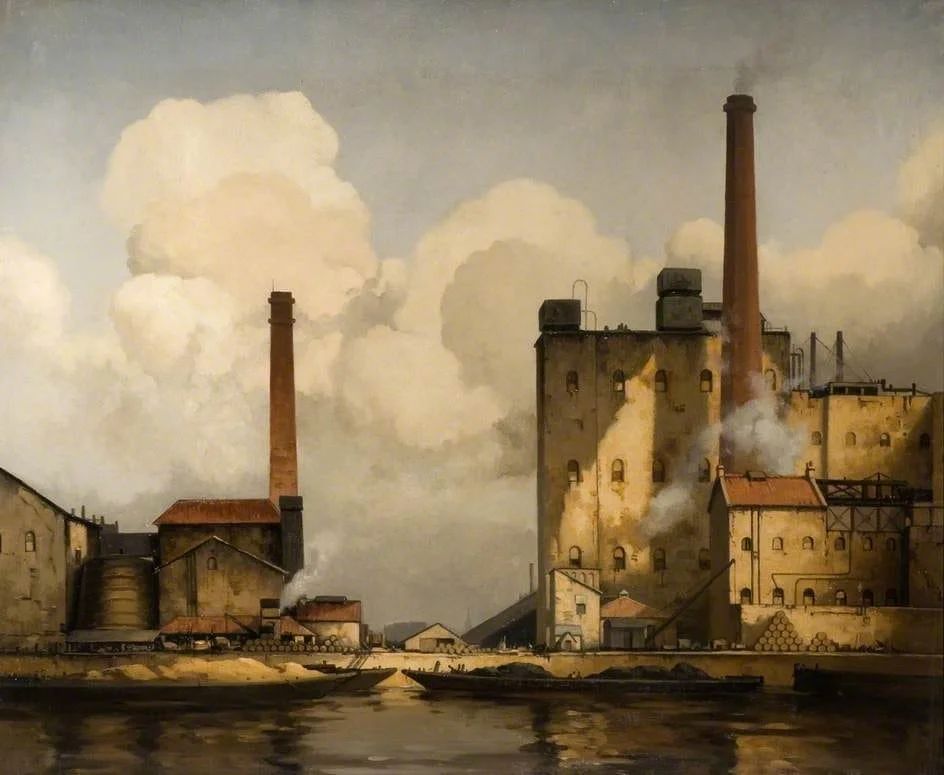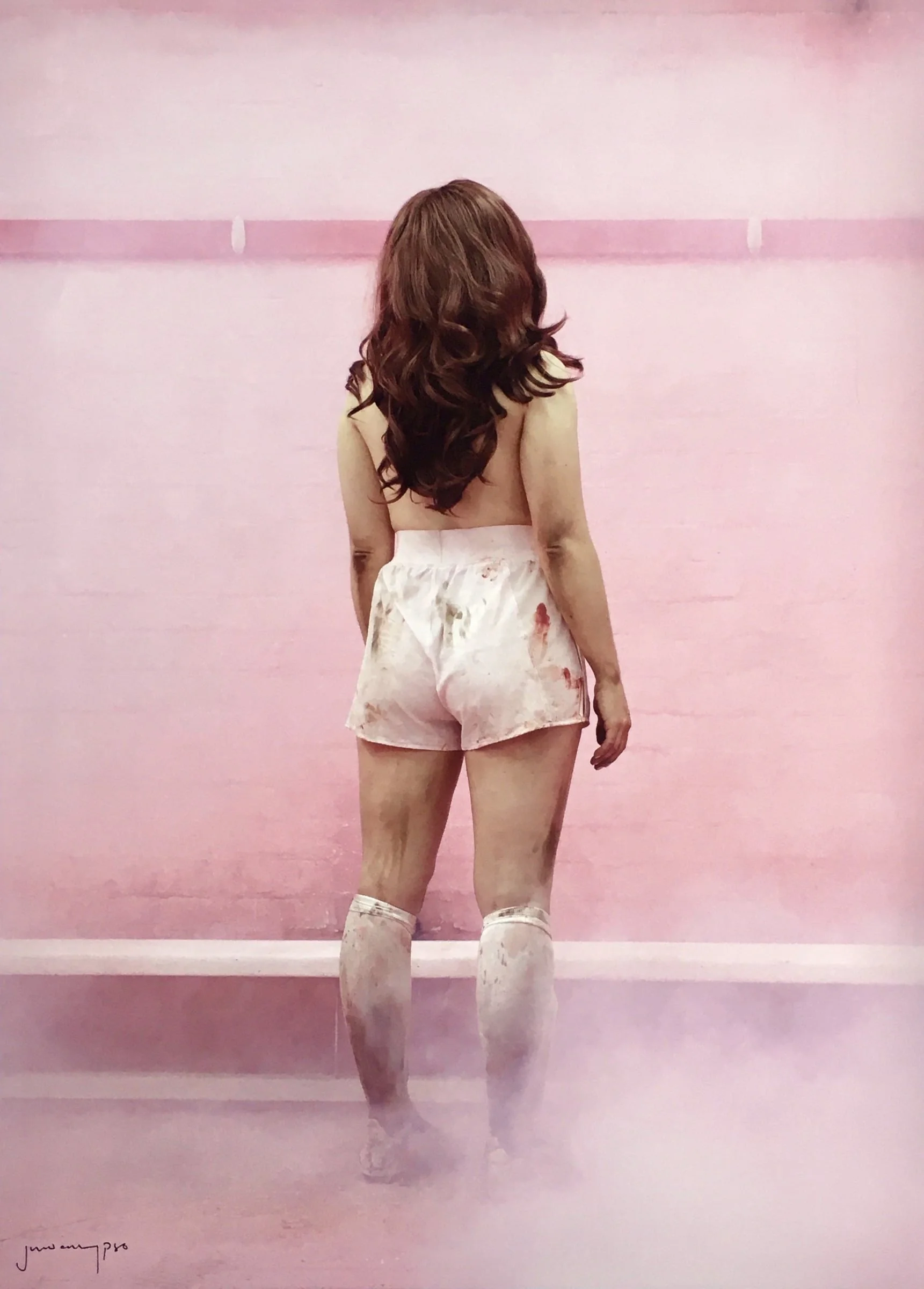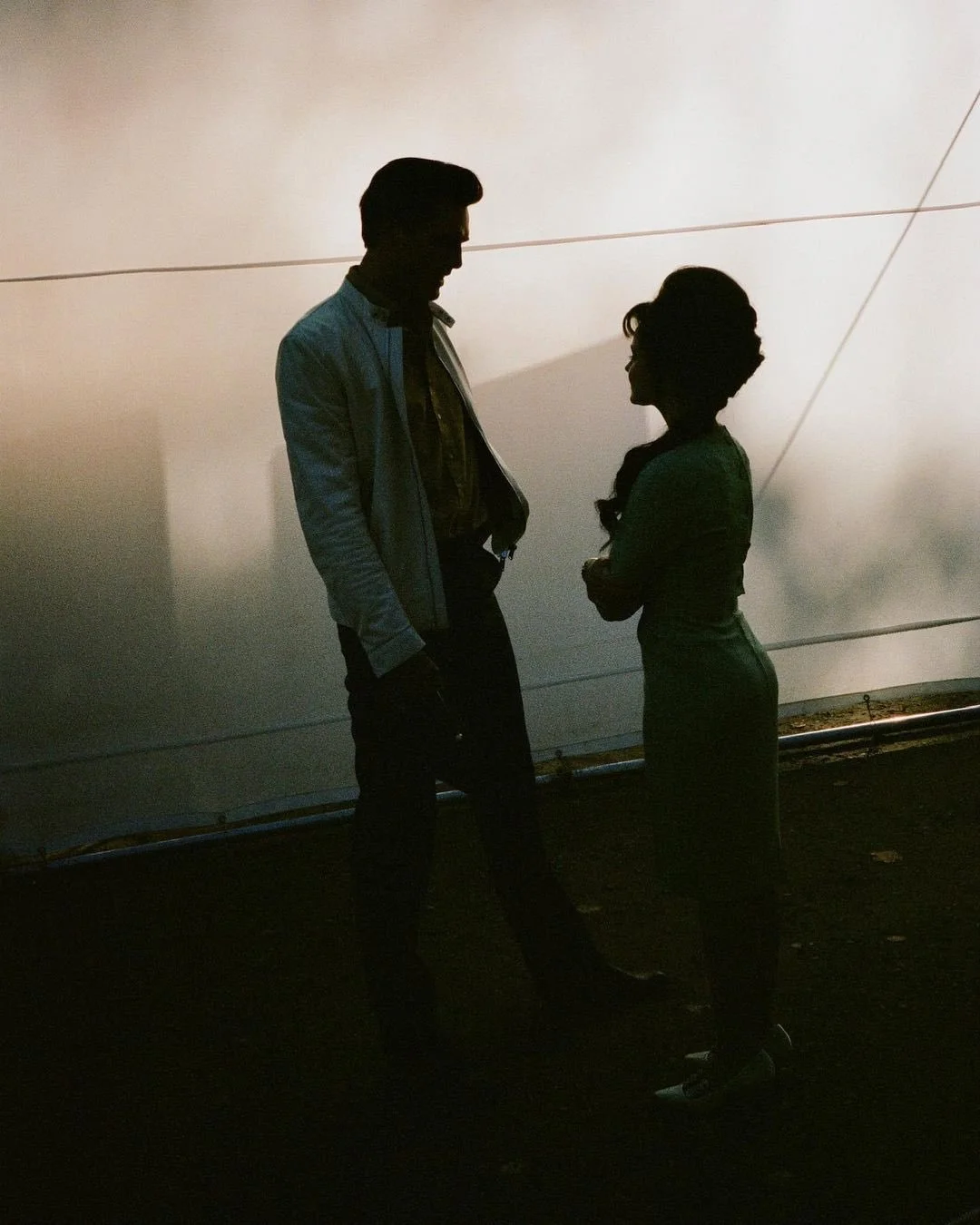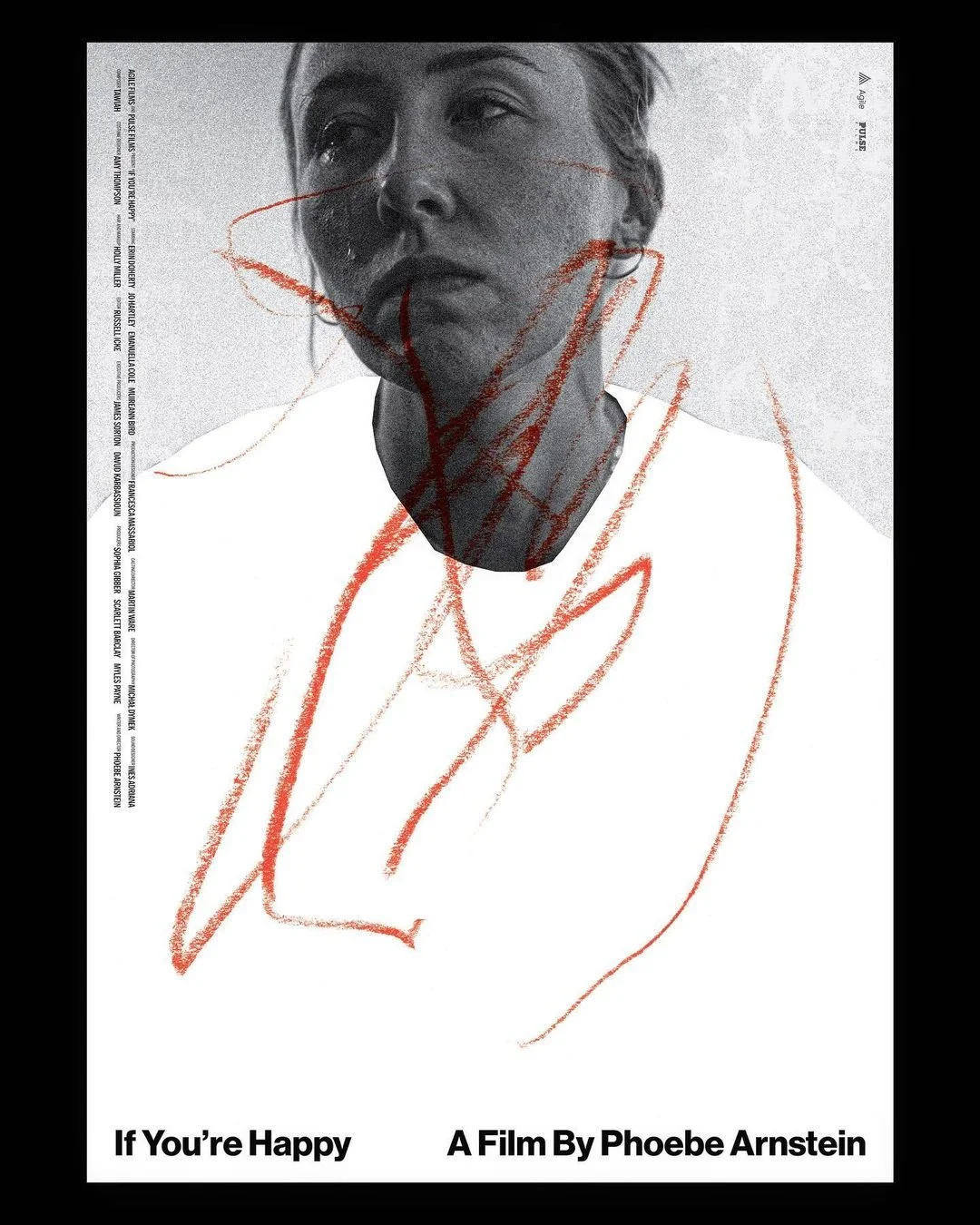Interesting/infuriating (delete as applicable) interview with Indie Game Studios’ publisher Travis Worthington about the use of generative AI art. Respect to Polygon’s Charlie Hall for not accepting easy answers and questioning the multiple layers of legal/moral/economic complexity.
One detail that raises question marks for me: Wizards of the Coast have stated that artists are no longer allowed to use AI in the creation of work for Dungeons and Dragons products. I’ve heard this from publishers I work for too, and although it’s a commendable stance to take, where is the line? What computational processes are considered to be Bad AI? All creative software (or, if you’re using any imagery taken with a modern camera, firmware) uses it to some degree, even if it’s just a for a bit of colour-correction or cloud-tweaking. I just don’t see how any such policy could possibly be enforced.
The whole subject seems straightforward, but then the more you scrutinise it the more you realise there are no clear definitions, no hard edges, it’s all a big mess and oh god the machines have been making self-portraits this whole time.
